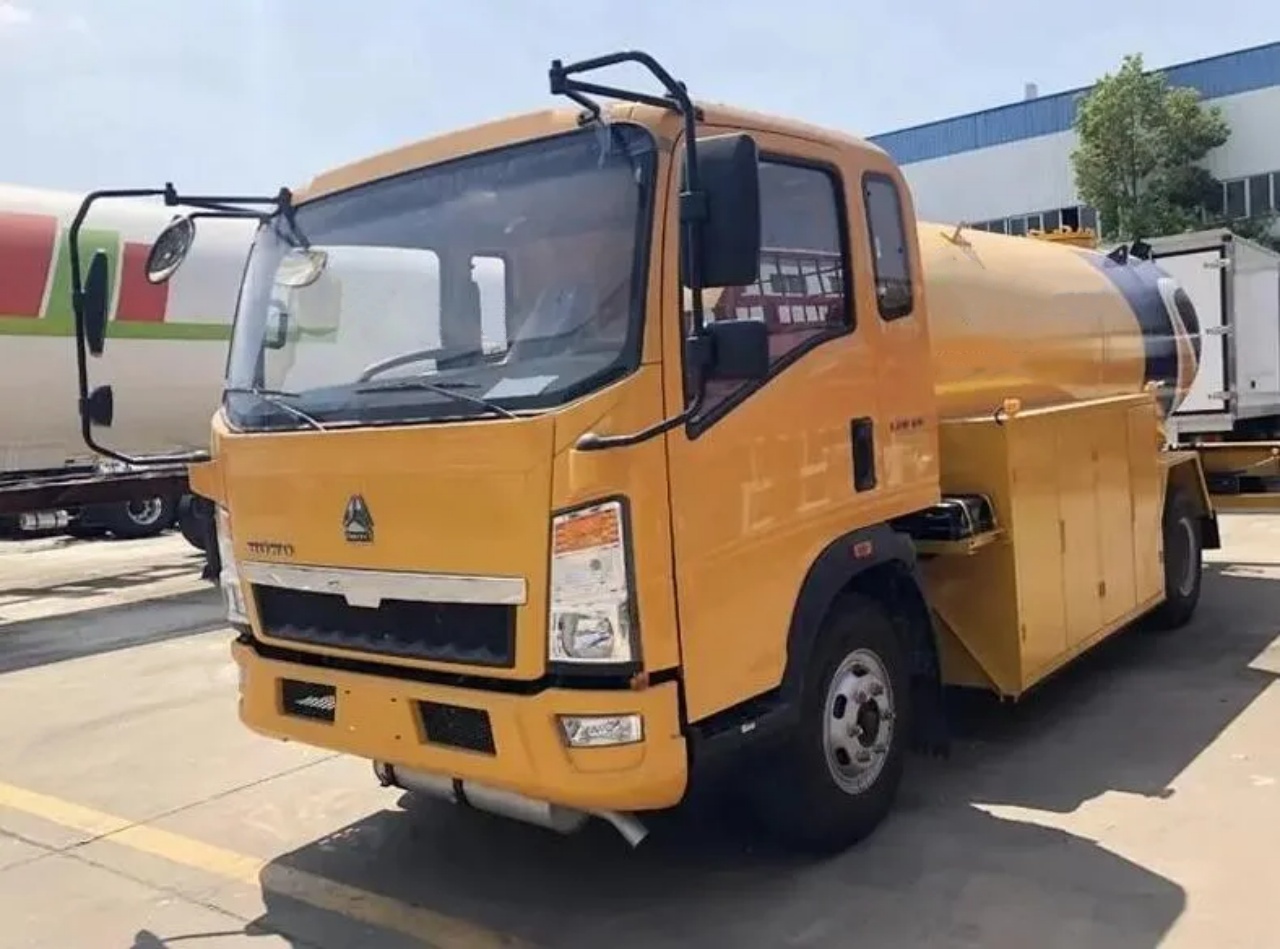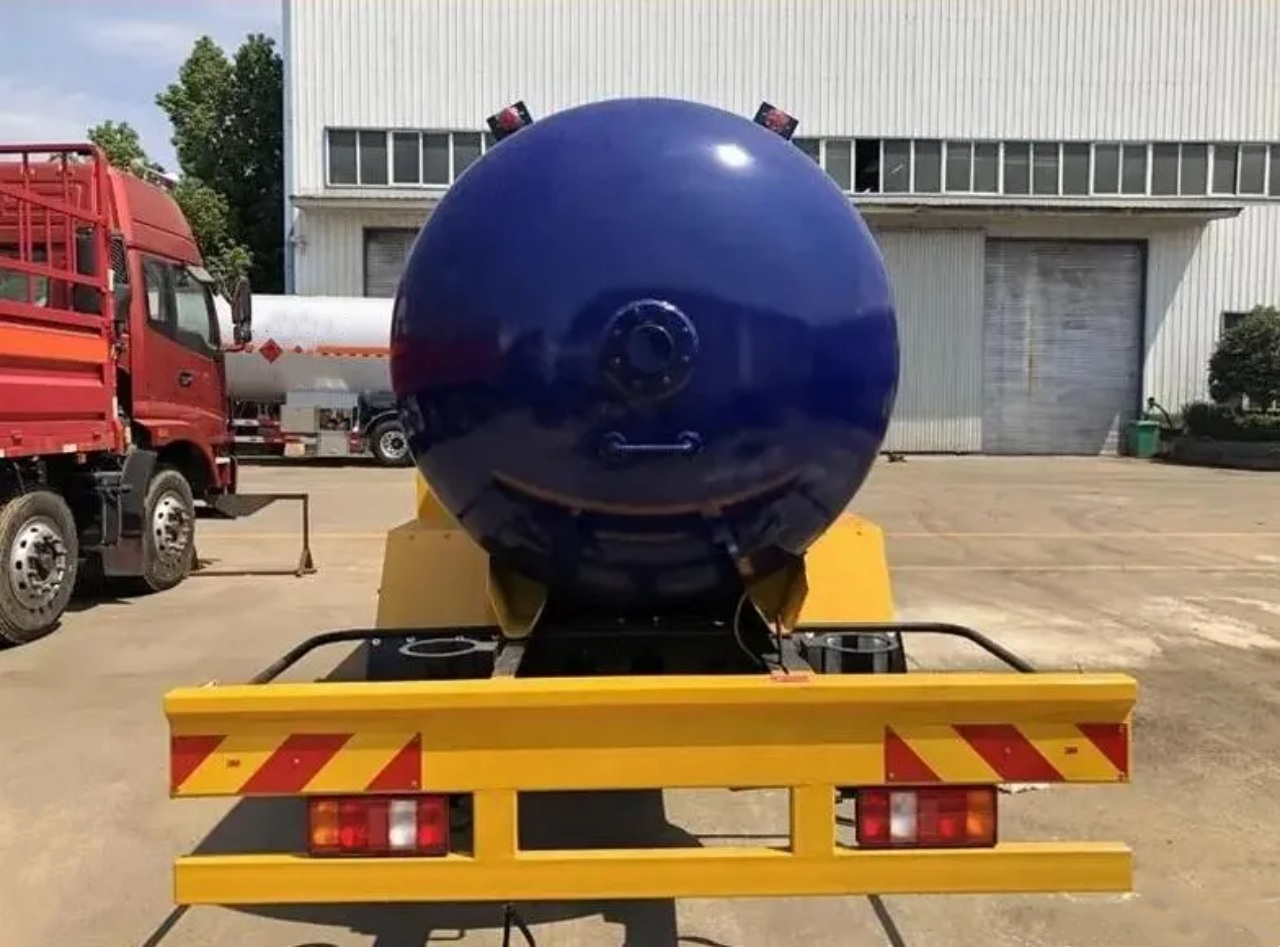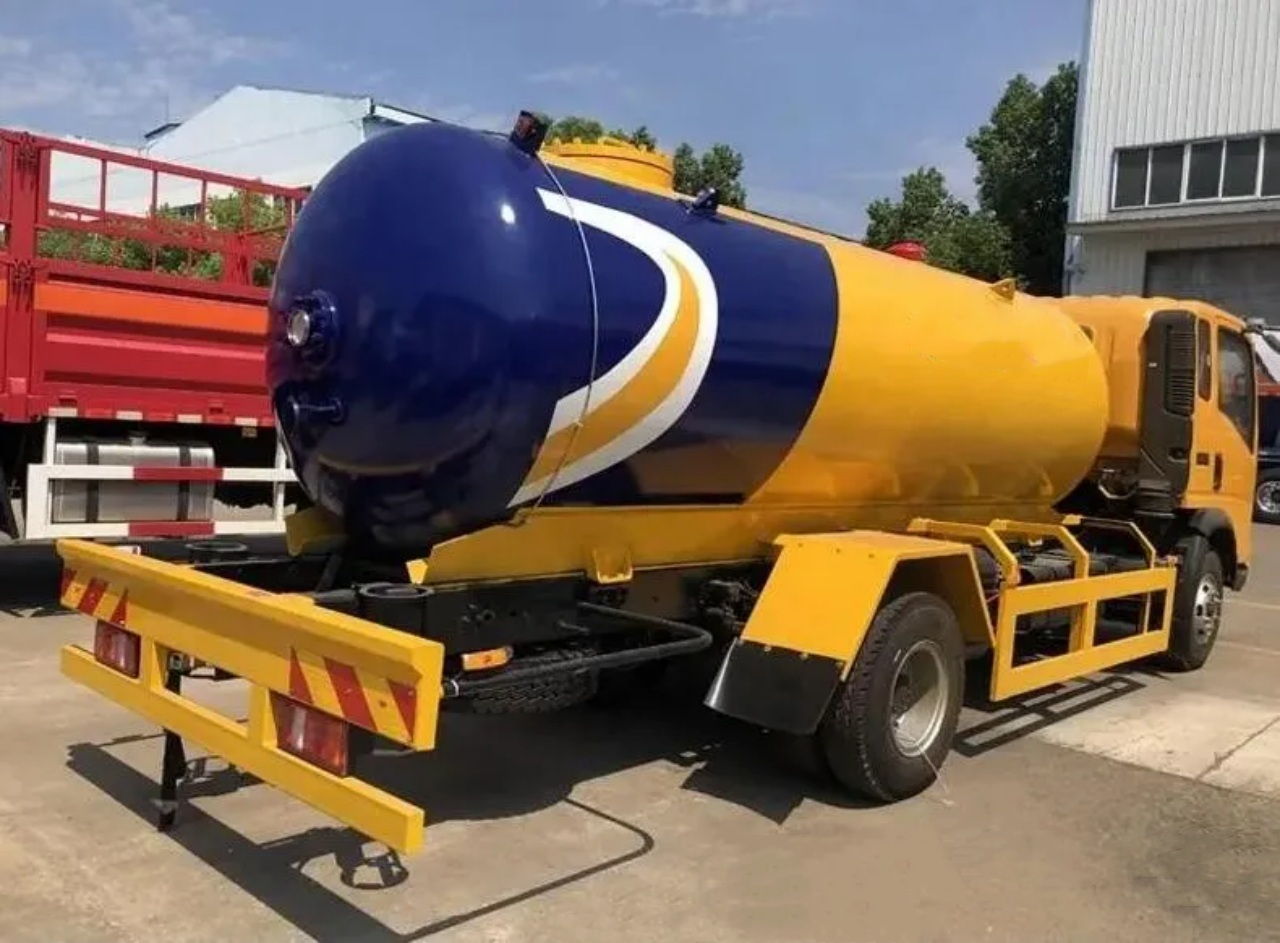Propane is an essential fuel source used in homes, farms, and industries across the world. From heating homes in winter to fueling industrial equipment and powering agricultural dryers, propane plays a critical role. To ensure this versatile fuel is delivered safely and efficiently, specialized vehicles known as bobtail propane trucks are used. But what exactly is a bobtail propane truck, and how does it work? This article delves into the definition, design, function, and importance of bobtail propane trucks in the fuel distribution industry.
Definition of a Bobtail Propane Truck
A bobtail propane truck, often simply referred to as a bobtail, is a medium- to heavy-duty truck specifically designed to transport and deliver liquid propane gas (LPG) to end users. The term “bobtail” generally refers to a truck with a permanently mounted tank on its chassis, rather than a tractor-trailer configuration. This makes bobtail trucks more maneuverable and suitable for local or regional delivery routes.
These trucks are typically used by propane distribution companies to fill residential propane tanks, supply propane to businesses, and service rural or off-grid customers who rely on propane for heating, cooking, or industrial applications.
Key Components of a Bobtail Propane Truck
A bobtail propane truck is a highly specialized vehicle that integrates several components designed for safety, efficiency, and compliance with strict industry regulations. Here are its main parts:
1. Chassis and Cab
The base of the bobtail truck is a medium-duty truck chassis from manufacturers like Freightliner, International, Kenworth, or Peterbilt. The cab can be single or crew style, depending on operational needs. The chassis must support the weight of the tank and fuel, often ranging from 10,000 to 33,000 pounds gross vehicle weight rating (GVWR).
2. Propane Storage Tank
The heart of the bobtail truck is its ASME-certified propane tank. These tanks are made from heavy-duty steel and range in capacity from 1,000 to 5,000 gallons. The tank is cylindrical, horizontally mounted, and protected with paint or coatings to resist corrosion.
3. Pump and Metering System
To safely offload propane, the truck is equipped with a propane pump, typically a sliding vane or regenerative turbine style. The metering system, certified by Weights and Measures authorities, ensures accurate measurement and billing of fuel delivered.
4. Delivery Hose and Reel
A flexible, high-pressure rubber hose is mounted on a spring-loaded or electric-powered reel. This hose is typically 1 to 1.25 inches in diameter and 100 to 150 feet in length, allowing operators to access tanks in hard-to-reach locations.
5. Vapor Recovery System
To prevent the release of propane vapor into the atmosphere, bobtails often include vapor recovery systems that recapture and return gas vapors to the tank or truck during delivery.
6. Safety Devices
Bobtail propane trucks include numerous safety components such as:
- Emergency shutoff valves
- Remote shutdown systems
- Pressure relief valves
- Breakaway couplings
- Static grounding equipment
These systems are vital in protecting both operators and customers during the transfer of propane.
How Does a Bobtail Propane Truck Operate?
The operation of a bobtail propane truck involves several steps, all of which must be performed by trained, certified personnel:
- Loading the Truck: The truck is filled at a propane bulk plant using a large stationary tank and transfer pump. The driver monitors the loading process to ensure the tank is not overfilled, typically capped at 80% capacity to allow for fuel expansion.
- Traveling to Delivery Sites: Once loaded, the bobtail truck travels to its scheduled delivery sites. These could be residential homes, farms, businesses, or industrial facilities.
- Offloading Propane: At the delivery location, the driver parks the truck, sets the parking brake, and grounds the vehicle. The hose is unreeled and connected to the customer’s propane tank. Propane is pumped into the tank while the onboard meter measures the volume delivered.
- Completion and Paperwork: After delivery, the hose is disconnected and retracted. The driver provides a printed delivery ticket and secures the tank. Records are updated for billing and compliance purposes.
Applications of Bobtail Propane Trucks
Bobtail propane trucks are used in a wide variety of applications:
- Residential heating: Delivering propane for furnaces, water heaters, and stoves in homes.
- Agriculture: Supplying fuel for crop dryers, greenhouses, and irrigation engines.
- Commercial use: Serving restaurants, laundromats, and small businesses using propane for heating or cooking.
- Industrial operations: Fueling forklifts, generators, and temporary heating equipment at construction sites.
- Emergency services: Providing backup energy in disaster-stricken or remote areas.
Their flexibility and maneuverability make bobtail trucks ideal for local delivery routes where larger tankers might not fit.
Regulations and Safety Standards
Propane is a highly flammable material, and transporting it comes with strict regulations. Bobtail propane trucks must comply with:
- Department of Transportation (DOT) regulations
- National Fire Protection Association (NFPA) codes, specifically NFPA 58 (Liquefied Petroleum Gas Code)
- Occupational Safety and Health Administration (OSHA) standards
- American Society of Mechanical Engineers (ASME) tank specifications
Drivers must also be specially trained and licensed with Hazardous Materials (HazMat) endorsements on their Commercial Driver’s Licenses (CDLs). Regular vehicle inspections, tank requalification, and safety drills are mandatory.
Advantages of Bobtail Propane Trucks
Bobtail trucks offer several benefits in propane distribution:
- Efficient and accurate deliveries with onboard metering
- Greater access to residential and off-road tanks
- Flexibility to serve different customer types
- Increased safety with integrated emergency features
- Compliance with legal and industry standards
They’re the workhorses of the propane delivery sector and play a critical role in keeping communities fueled and functional.
Conclusion
A bobtail propane truck is more than just a delivery vehicle—it is a highly engineered, regulated, and essential piece of equipment in the propane industry. With its specialized components and safety systems, it ensures the efficient and safe transport of propane from bulk plants to end users.
As demand for propane continues to grow in residential, agricultural, and industrial sectors, bobtail trucks will remain a vital link in the energy supply chain. Whether maneuvering through suburban neighborhoods or navigating remote farmland, these trucks are built to deliver.
Understanding the function and importance of bobtail propane trucks sheds light on the complex logistics behind 1 of the world’s most versatile fuels. So next time you see a propane truck in your neighborhood, you’ll know exactly what it is—and why it’s essential.





